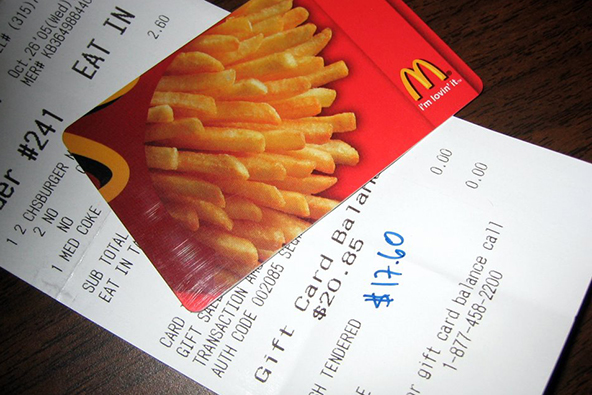How to Handle Multiple Sales Receipts and Partial Payments

Typically, one sales receipt is produced to document a single transaction. However, merchants may be tempted to split a sale into multiple receipts when the total sale’s amount significantly exceeds the authorized average transaction amount that is set in the merchant’s processing agreement. Before issuing multiple sales receipts, you should understand and implement the rules that regulate them, in order to avoid potential chargebacks and scrutiny from your processor.
- Split tickets are prohibited. Merchants are not allowed to use two or more sales receipts for a single transaction, also known as a split ticket, to avoid an authorization request.
- Include all products and services on a single sales receipt. All products and services purchased in a single transaction must be included in one total amount on a single sales receipt except in the following instances:
- Multiple cards are presented. When multiple cards are presented for payment in a single transaction, and an authorization is obtained for the portion of the transaction charged to a credit or debit card at issue.
- Multiple items are billed. When multiple items are purchased and individually billed to the same account and an authorization is obtained for each item purchased.
- Partial payment. Merchants are prohibited from processing a bank card transaction where only a part of the total amount is included on a single sales receipt, except in the following instances:
- When the cardholder bills a portion of the transaction amount to a credit or debit card and pays the remaining balance some other way, e.g. by cash or check.
- When the products or services will be delivered or performed after the transaction date, one sales receipt represents a deposit, and the second sales receipt represents a payment of the balance. The second sales receipt is conditioned upon the delivery or performance of the products or services.
An authorization must be obtained for the total amount of the transaction if it exceeds the merchant’s floor limit. The merchant must note on the sales receipts the words “deposit” or “balance,” as appropriate. The sales receipt representing the balance must not be presented until the goods or services are delivered or performed.
Complying with the above requirements will address situations where the cardholder has paid a “deposit” for merchandise that was agreed to be picked up at the merchant’s location by the cardholder. The cardholder then goes to the merchant location and discovers that the merchant is bankrupt or out of business and the cardholder is unable to receive the merchandise.
Image credit: Mcchronicles.blogspot.com.


